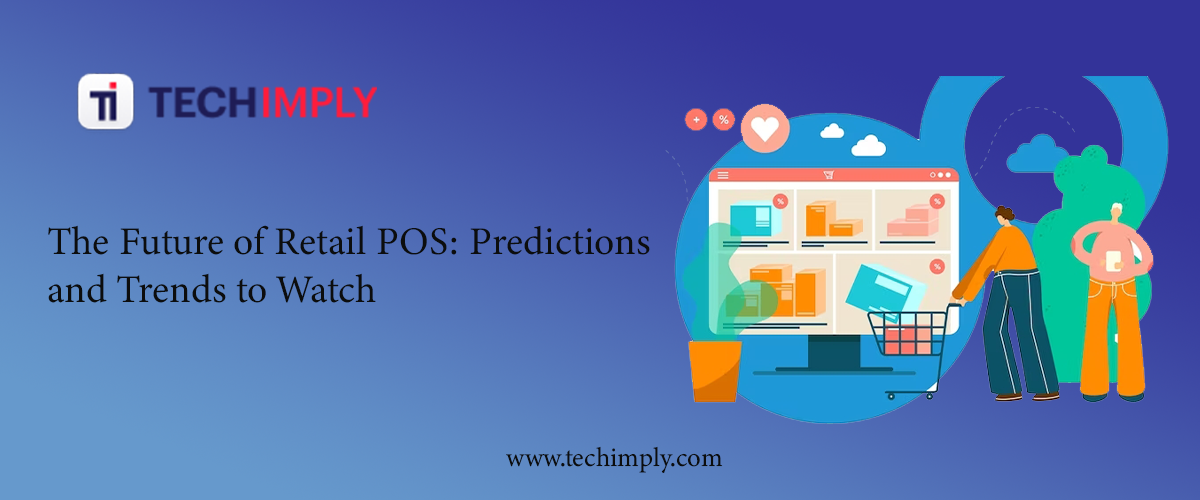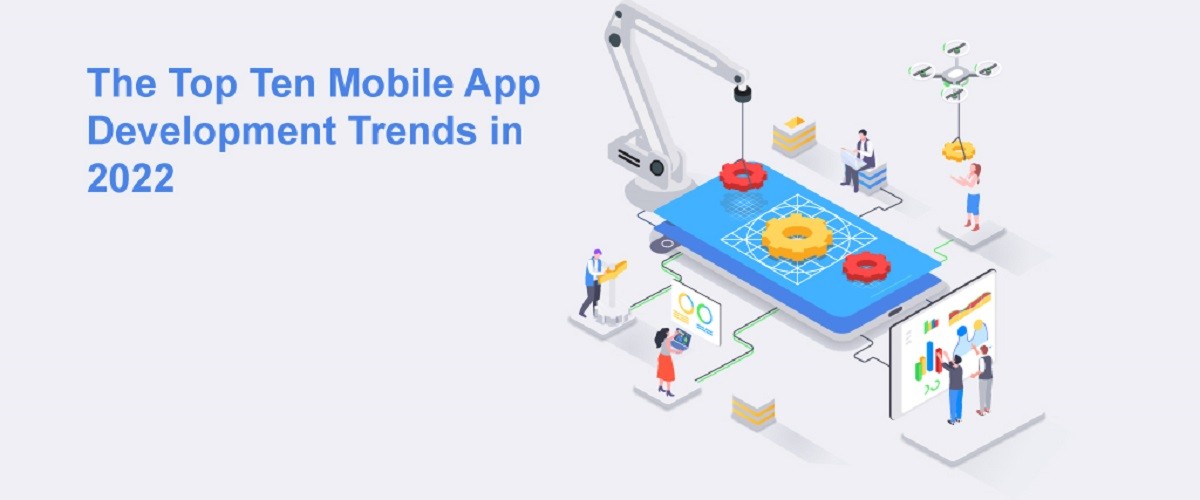The point of sale is the most important and powerful tool in the retail world. For brick and mortar businesses, the POS can help with almost every aspect of running a business. Whether you’re dealing with inventory management, customer relationships, loyalty, payroll, or whatever else you need to succeed as a storefront, your POS software will have a central role.
With so much competition in retail, business owners need all of the best features available. Thus, point of sale software providers must constantly and continuously strive to include the newest and best updated technology to their platforms. Here are some predictions and trends for the future of retail pos.
Everything On The Cloud
The end of locally stored data is happening right before our eyes. Intuit, for example, announced that they are phasing out desktop POS service this year.
Cloud-based software simply presents too many advantages over legacy hardware systems. Security patches and encryptions automatically update. Plus, the cloud is built for integrations, which continue to proliferate and become more influential in all industries and verticals.
For retailers especially, cloud-based POS eliminates the need to store bulky equipment or manually maintain hard drives. The cloud also allows businesses to be more modular and mobile. You can use a desktop at the cash wrap, and set up kiosks, while also equipping floor representatives with mPOS tablets, all through one centralized system.
If a retailer decides to add multiple locations they can simply expand the same POS setup (with features like inventory management, promotion, CRM, etc) to the new store. This scalability and flexibility will only continue to increase in the future as technology advances.
More Contactless: NFC and RFID
The digitization of purchasing continues to gain more momentum. Big events like music festivals that used to be cash-only have become cashless. Almost every retail store from local convenience shops to global apparel giants now accept contactless payments right from customers smartphones.
Contactless payment technology works by using near-field communication (NFC). NFC is part of a broader set of technologies called radio-frequency identification, or RFID. RFID offers plenty of benefits for retail checkout optimization beyond what is currently popular or widespread.
For example, RFID can be used to automatically count all of the items in a shopping basket without the need to scan a barcode face to face. In other words, you just drop your whole basket or shopping bag into a scanning area and all of your selected items will register. This type of retail experience is closer to reality than most people think.
In the same way that shoppers use this technology to speed up the checkout process, retail employees can use RFID for all aspects of inventory. A point of sale inventory management system equipped with RFID scanners can check-in wholesale products, perform reconciliation, and locate specific items way quicker and more accurately than ever before.
The future of retail POS will be wireless. Retailers and their employees will never have to physically scan a barcode face to face.
Omnichannel Retail: Real-Time Accuracy and Seamlessness
eCommerce continues to exert more influence over the retail industry. Some brick and mortar companies, like specialty clothing or houseware, are more obviously eCommerce driven.
However, even local stores like grocery and wine shops are paying closer and closer attention to eCommerce channels. Delivery platforms for food, and fulfillment apps for booze are evolving and expanding into new areas.
Consequently, having a point of sale that can handle omnichannel retail is a must. The ability to integrate with eCommerce websites, apps, and even social media platforms helps small business operators open up sales to all available channels.
As previously mentioned, a cloud-based point of sale with perpetual inventory management allows stock counts, prices, and analytics to be centralized. No matter what channel an order is placed, a return is processed, or inventory is checked in, your system should be updated in real-time. The future of retail POS will see this type of omnichannel capability as the norm.
More Analytics and Automation
Expect fewer spreadsheets and more built-in analytics to deliver actionable insights. The most powerful and robust point of sale platforms will continue to add more and more advanced analytics touching all aspects of your business. Everything from employee performance to automated inventory reordering will be further equipped to break down data in minute details and comparisons.
These built-in point of sale analytics will provide retailers with real-time information that can be used to make decisions to optimize their efficiency and maximize profits. The less time that operators need to spend manually filling out spreadsheets and computing sales figures the more they can spend on improving other aspects of their business.
Data Powered Personalization
Many technological and market forces are pushing the economy towards personalized offers. The experiential aspect of brick and mortar shopping means that the more informed retailers are the more they can cater to individual tastes.
With cloud-based point of sale and increased access to information, that level of personalization will continue to develop. Synching all of your data and analytics in one smart, centralized location will help segment and target promotions, discounts, marketing emails, rewards, and beyond.
Even salespeople working at brick and mortar stores can access customer purchase history, preferences, and information on individual tastes right on an mPOS on the retail floor. In super competitive and diverse verticals like apparel and wine, for example, this level of personalization can make a huge impact on suggesting the right products to the right customers.
Conclusion: Respond To Customer Demand
Of course, many of these retail point of sale developments come from the tech world in general. As cutting-edge inventions and capabilities become more mainstream, they will become more affordable. Then they will be more accessible to small businesses.
Fortunately, the competition amongst point of sale companies means that they strive to offer these tools to their customer base at competitive prices.
Most importantly, point of sale providers should respond to the demands and feedback of their clientele. Fine-tuning and improving retail technology is an ongoing process, and must take into consideration the needs of consumers, integration partners, and retailers.




.jpg)

